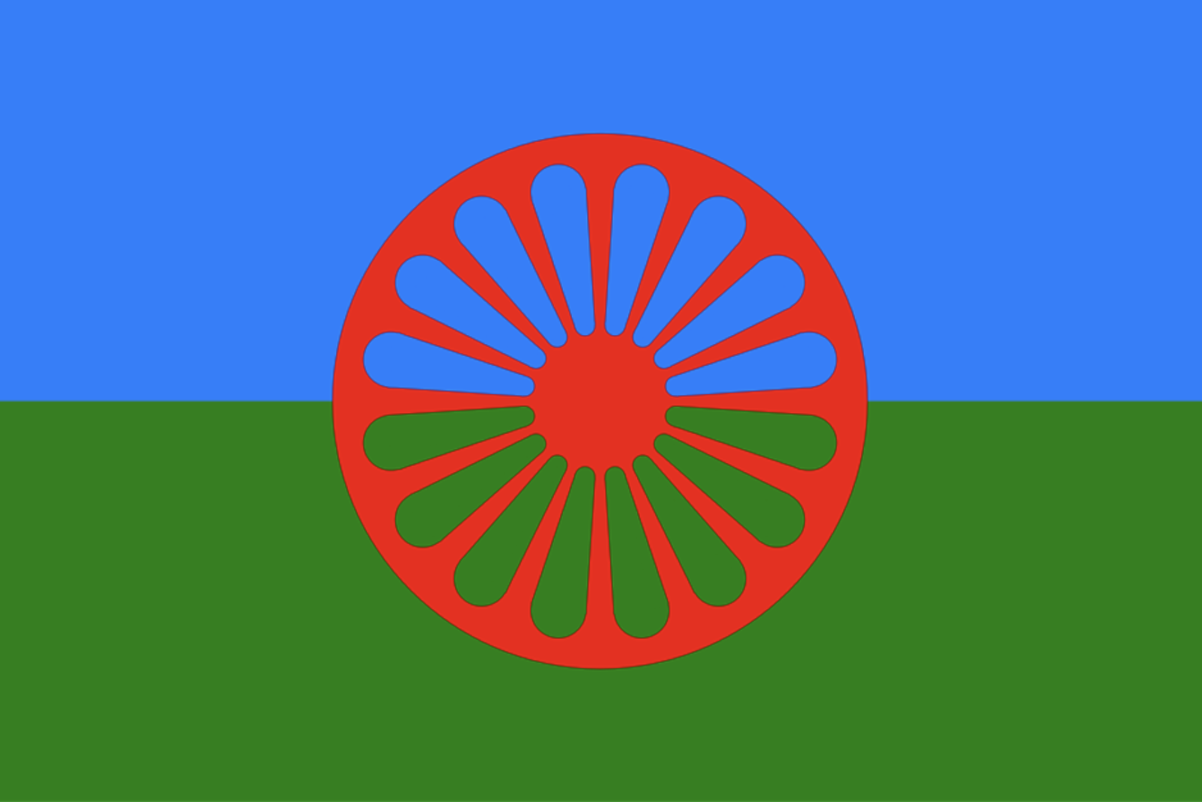The ‘R’ in GRT – Gypsy, Roma, Traveller History Month 2024
Category: Blog

Marie Bowers is a Romany Gypsy woman from England, a biochemist, a technician supporting the teaching of Human Physiology at the University of Glasgow, a doctoral candidate at the University of Aberdeen, and an active campaigner for GRT inclusion. Throughout Gypsy, Roma, Traveller History Month 2024, Marie will be sharing a series of blog posts with CILIPS members, exploring the unique role that libraries of all sectors can play in supporting and celebrating GRT communities.
The word Roma is often used as an umbrella term to describe several small diverse groups. The Council of Europe defines these groups as ‘Roma, Sinti, Kale and related groups in Europe, including Travellers and the Eastern groups [Dom and Lom], and covers the wide diversity of the groups concerned, including persons who identify themselves as Gypsies’. According to the 2022 Scottish census, 3218 people identified as Roma, equating to 0.06% of the Scottish population on census day and many of them live in Govanhill in Glasgow. Govanhill is the most culturally diverse region of Glasgow and is home to the newly opened Roma Cultural Centre at 43 Nithsdale Street, which is well worth a visit. Govanhill is also home to the annual parade in recognition of International Roma Day which is held on the Saturday closest to April 8th. The parade was the first of it’s kind in the UK and was initiated by Marcela Adamova, a Slovak Roma woman and founder of the migrant Roma community organisation, Romano Lav. The day not only displays the vibrancy of Roma cultural heritage but allows awareness to be raised about Roma Rights and the issues faced by Roma communities in the UK and beyond.
The recognition, or rather lack of recognition, of the Roma holocaust is one example of the historical disregard for Roma Rights. August the 2nd marks Roma Holocaust Memorial Day which commemorates the night of 2nd/3rd August 1944, when the so-called ‘Gypsy camp’ within Auschwitz-Birkenau was liquidated. Approximately 4,000 Roma and Sinti men, women, and children were murdered in the gas chambers that night and it’s thought that between 200,000 and 500,000 Roma and Sinti people were murdered by the Nazis as they were targeted for total destruction and many more were imprisoned, used as forced labour or were subjected to forced sterilisation or medical experimentation. The Roma Holocaust wasn’t recognised by Germany until 1982, and now there are memorials to the dead across Europe, including one in the rose garden in Queen’s Park, Glasgow.
Check out Marie’s recommended resources here:
Romano Lav is a community based organisation situated in the heart of Glasgow’s Govanhill community.
The Roma Genocide-Holocaust Memorial Day Trust Find out more about the Roma Genocide through the Holocaust Memorial Day Trust.
GRTHM.Scot, GRTHM resources and events in Scotland.